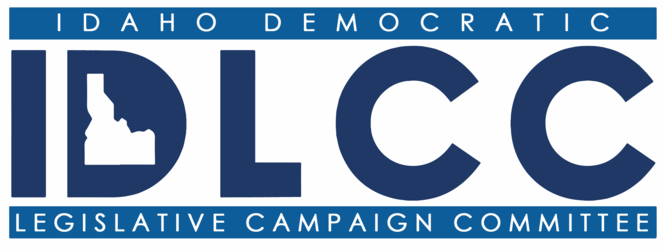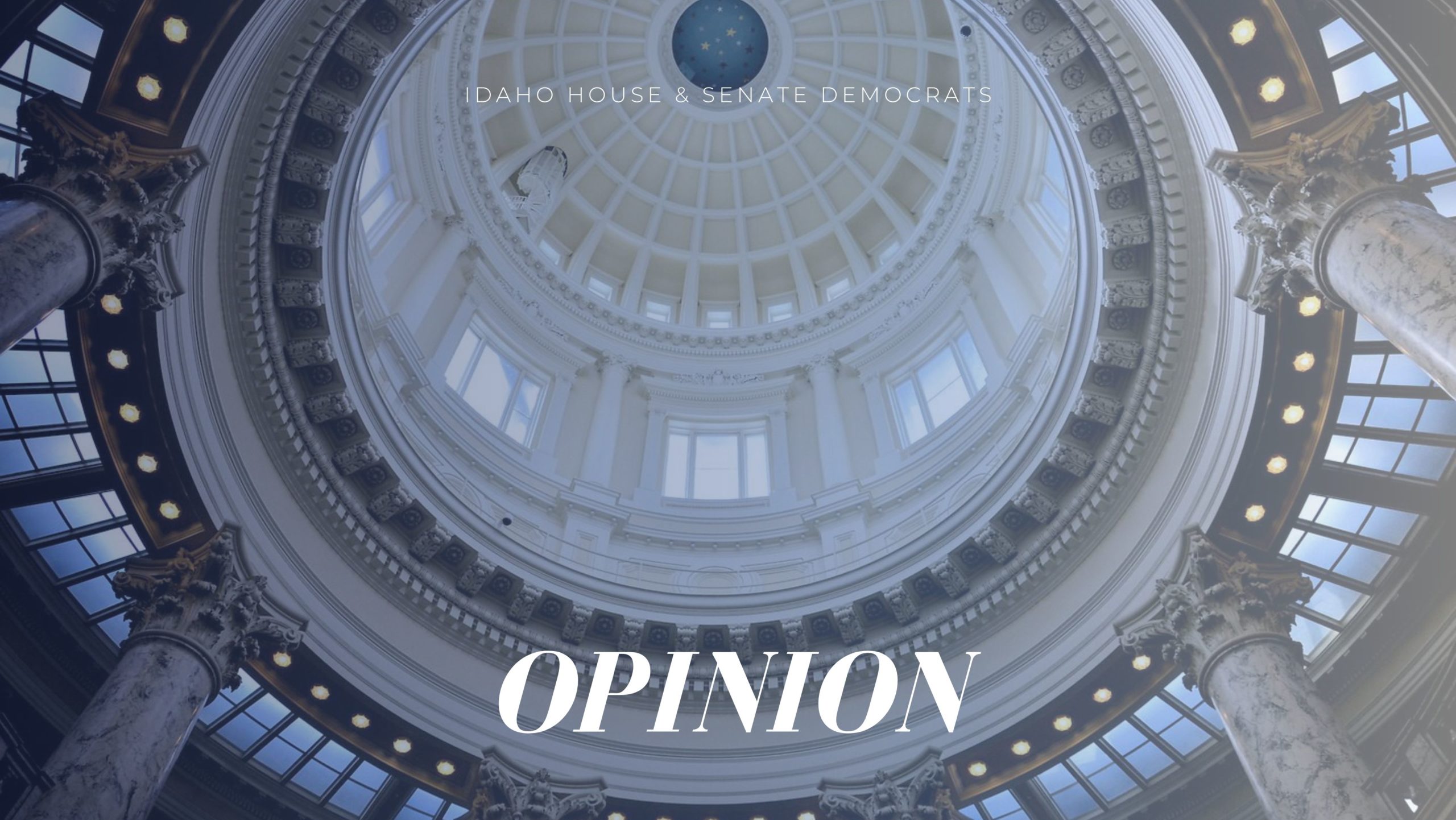In the upcoming session, it’s imperative we address the vast infrastructure needs facing our state, which continues to grow at an unprecedented rate. Idaho’s nearly $2 billion budget surplus and $1 billion from the federal American Rescue Plan Act (and more from the federal infrastructure plan) can provide timely investment opportunities for transportation, education, broadband, water and electrical grids, housing, and health care.
Roads, bridges, and railway systems are aging out and incapable of safely handling the heavier, longer, faster loads pressuring their antiquated structures. This is particularly true within our underfunded counties, where an unsafe bridge forces detours to school buses and commercial trucks, seriously impacting local economies. Two thousand county and state bridges have timed out, and some are deemed unfit to travel on. Water and sewer systems are either inadequate for the increased demand, or so old that they need to be replaced. Growth is exacerbating the need for safe water and waste treatment facilities.

Sen. Michelle Stennett
Coming out of one of the driest years on record, water management is critical. The United States Geological Survey rates Idaho the first in beneficial water consumption per capita in the nation and second in agricultural water consumption. This is unsustainable. Infrastructure efficiencies and water saving policies are critical to manage this diminishing resource.
Public schools remain underfunded, leading to insufficient teacher pay, no ability to find housing, increased staff turnover, and crumbling facilities in both rural and urban areas. Adding more students and curtailing educational services in an already beleaguered education system, harms teachers and students, and does not adequately provide a skilled workforce for commerce.
The health care industry continues to struggle amid the pandemic, with too few workers and too little housing. Idaho has the least amount of health care workers per capita in the nation. A transition to telehealth has given some relief for patients, but many areas in Idaho — particularly medically underserved areas — have poor broadband. This is also true for remote learning in our schools. With our population growth and these added loads, our broadband demand is beyond capacity.
The housing market has exploded, with little remaining inventory and inflated prices. Wages in Idaho are low and are not keeping up with this boom. This unaffordability shuts out our hard-working families, our first responders, our workers, our seniors, and our young adults who are the fabric of our communities.
We have a rare opportunity to be creative and strategic with these resources at all levels of government and the private sector. Partnerships and pooling resources can successfully tackle larger projects. More funding options and autonomy to local governments are imperative for local services and programs. Our ailing infrastructure needs cannot continue to be ignored or they will collapse. Idahoans deserve long-term benefits from their tax investment.


Recent Comments